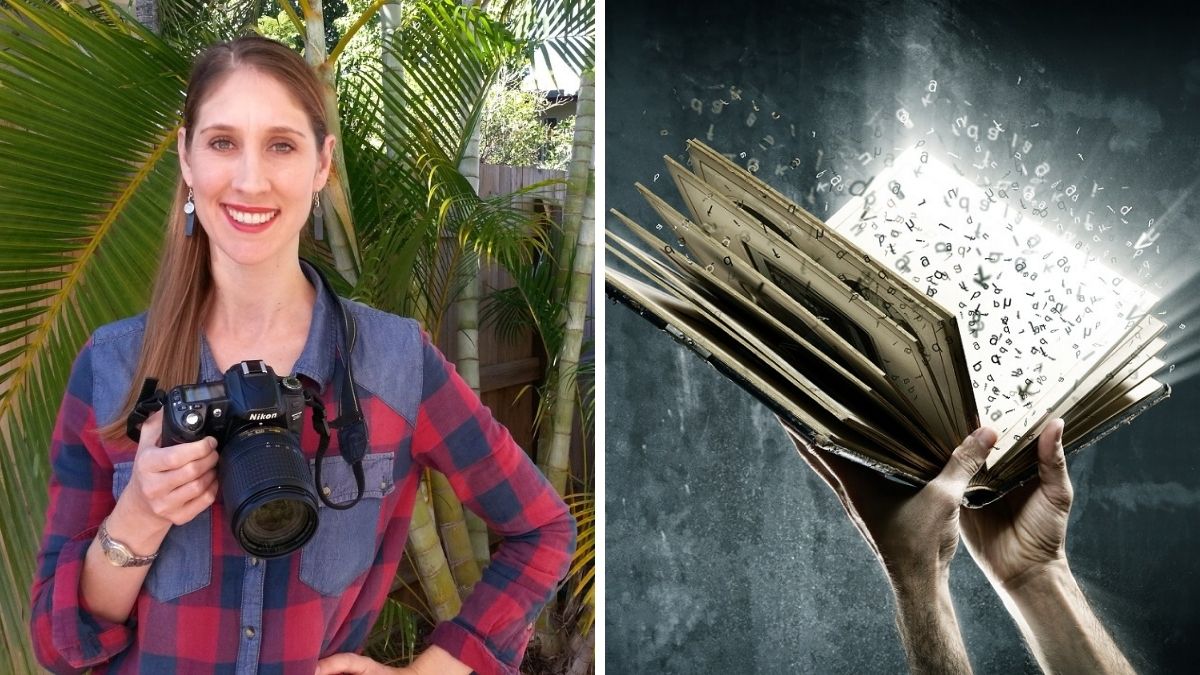
Ways you ought to know to gather your family stories and family history
Easter this year was much better than Easter 2020 when most of the world was in lockdown.
Certainly coronavirus outbreaks are still occurring but the situation is improving now vaccines are being distributed.
But COVID-19 has reminded us to appreciate our freedom, health, family and friends like never before.
So this week I’m encouraging everyone to record family stories.
Because life changes so fast and we never know what we are up for next!
Therefore read on to discover super life-story format ideas.
Life-story format ideas and recordings
The simplest life-story format to capture family stories is to use a recording device.
And this doesn’t have to be high tech.
For example, your average smartphone has a camera function that includes video.
So set it up in a quiet space with good lighting and hit record.
However, if you prefer, check the phone for a voice recording app (download for free from the Apple App Store or Google Play store).
Next share and enjoy these recordings as they are or dive deeper with editing to make a polished video or podcast.
Related article – Life-story interview: How to set-up an interview + family interview tips
Terrific transcriptions
Video and audio recordings are great foundations for other life-story format ideas.
Certainly a logical step is to make written copies or transcriptions.
Indeed you can do this yourself or enlist a friend or relative to help.
But also think about using free transcription tools (like Google Docs Voice Typing or oTranscribe).
Or pay for a speedy online machine or human transcription service.
Most importantly, a written transcript is super shareable and easy to print off and distribute.
Related article – Transcription: How to quickly create life stories using voice-typing tools
Write on
Why not turn family story transcripts into other life-story formats?
For example, source images and craft detailed captions from transcripts to make a life-story scrapbook.
Another idea is to use a few key images and edited transcripts to create a life-story feature article of a few pages.
But of course, if you have more material, sit down to create a full-blown life-story book!
Or even build a website with recorded material and transcripts.
The possibilities are endless!
Related article – Life in pictures: Make a life-story scrapbook album in 3 easy steps
Helpful article – Feature article guide: Helping you write a life story super fast!
Related article – How to write an autobiography in four simple steps
Final say: Life-story format ideas
Recording life stories doesn’t need to be complicated.
Indeed, in today’s digital age, it has never been easier!
So to get going: record with video or audio, consider transcribing these files and turning them into an article, book or other creative project.
But whatever life-story format option you choose the most important thing is to get started.
Because who knows what life is going to throw at us next!
So take the first step today to record amazing life stories that will last forever.
Happy writing!
Free gift!
Want to take a quick look inside the Your Family Stories System? Get the first few sections for free. Sign up here!
Your say
What life-story format are you going to use to record a life story? I’d love to hear your thoughts. Send me an email or leave a reply in the comments section at the end of this article.
Get in touch
Have you hit a roadblock planning, writing, polishing or finishing your autobiography? Let me know here so I can help!
Don’t miss an article
Sign up here to get instant notifications when new material is published.

